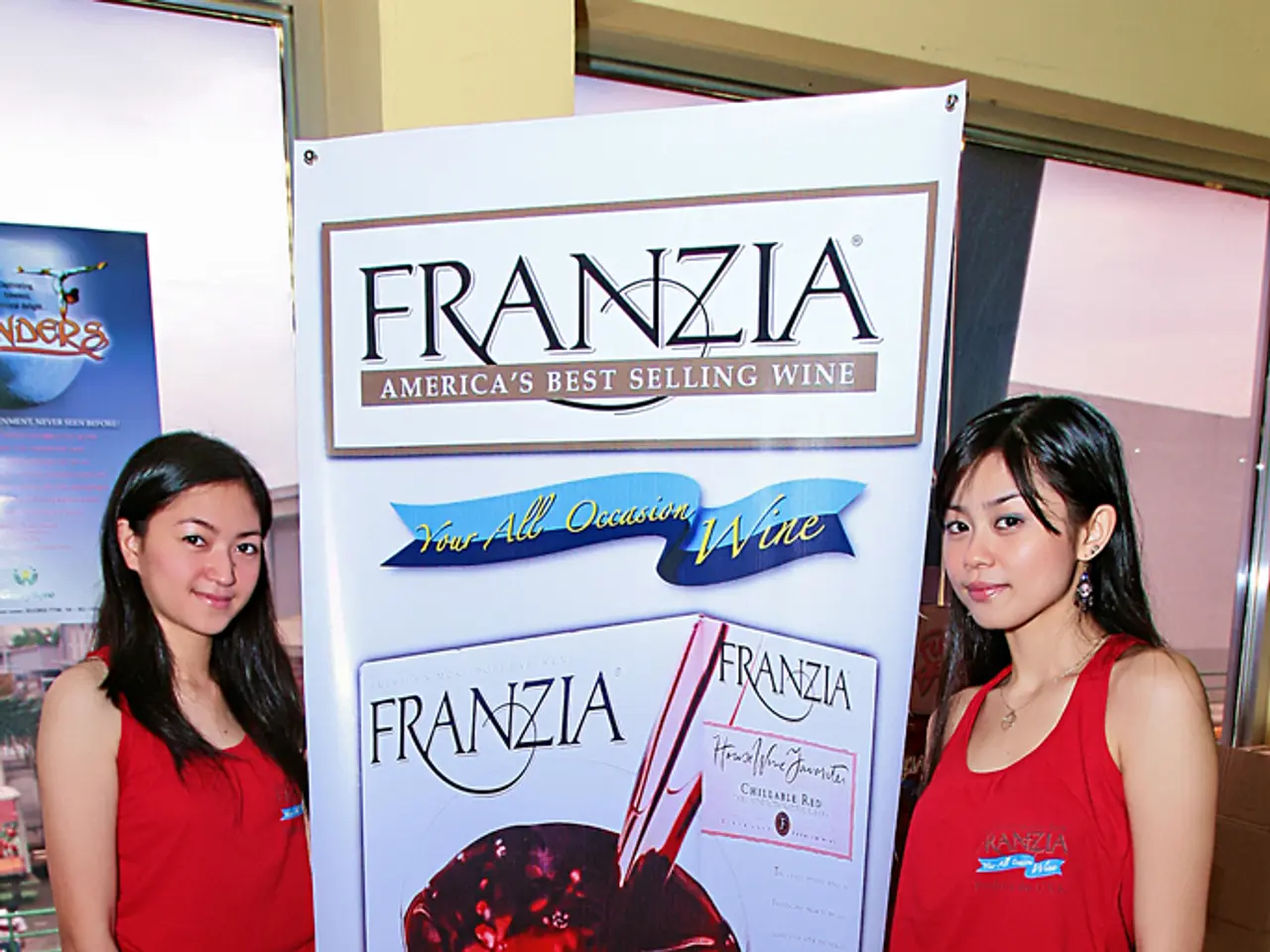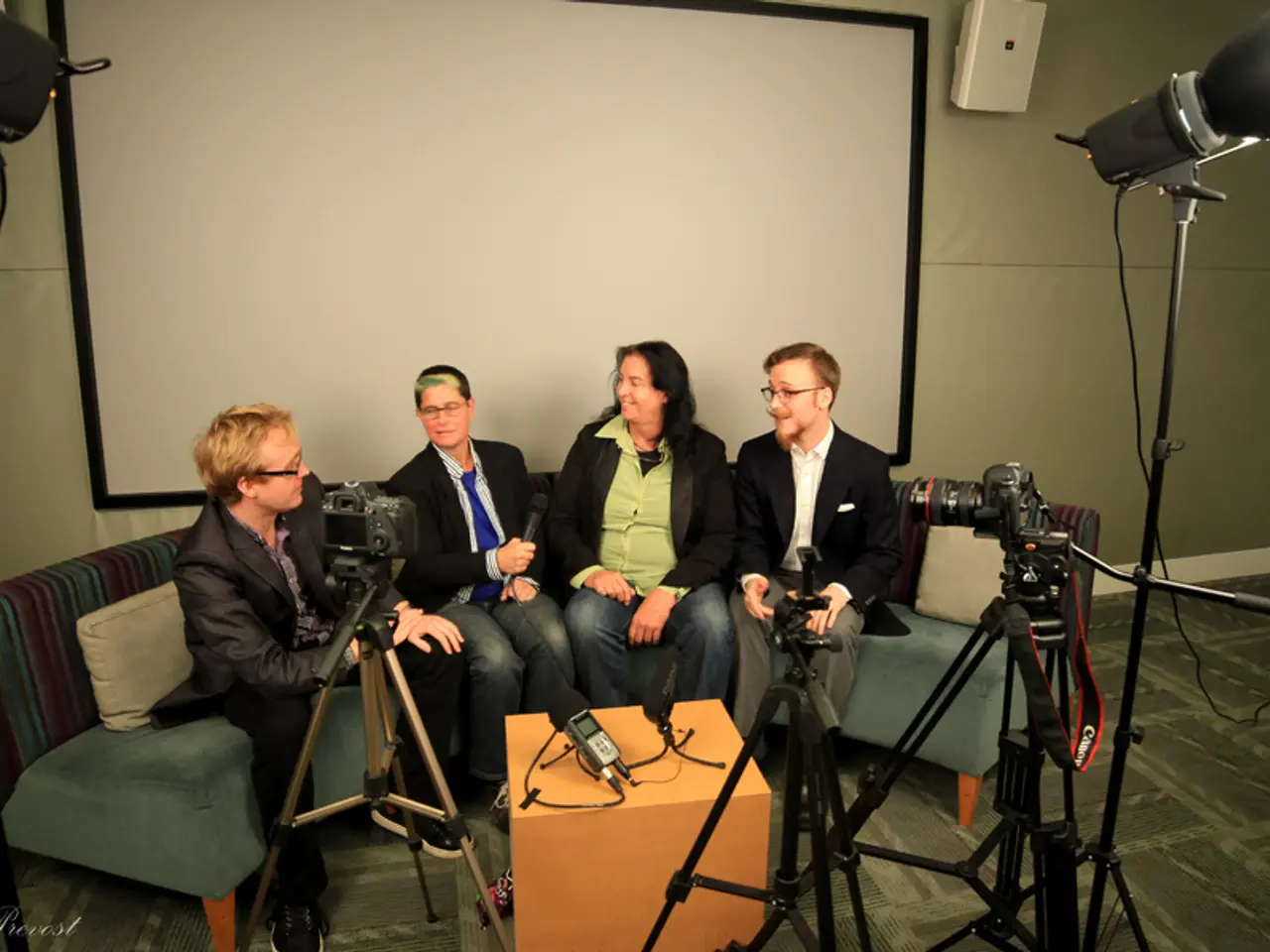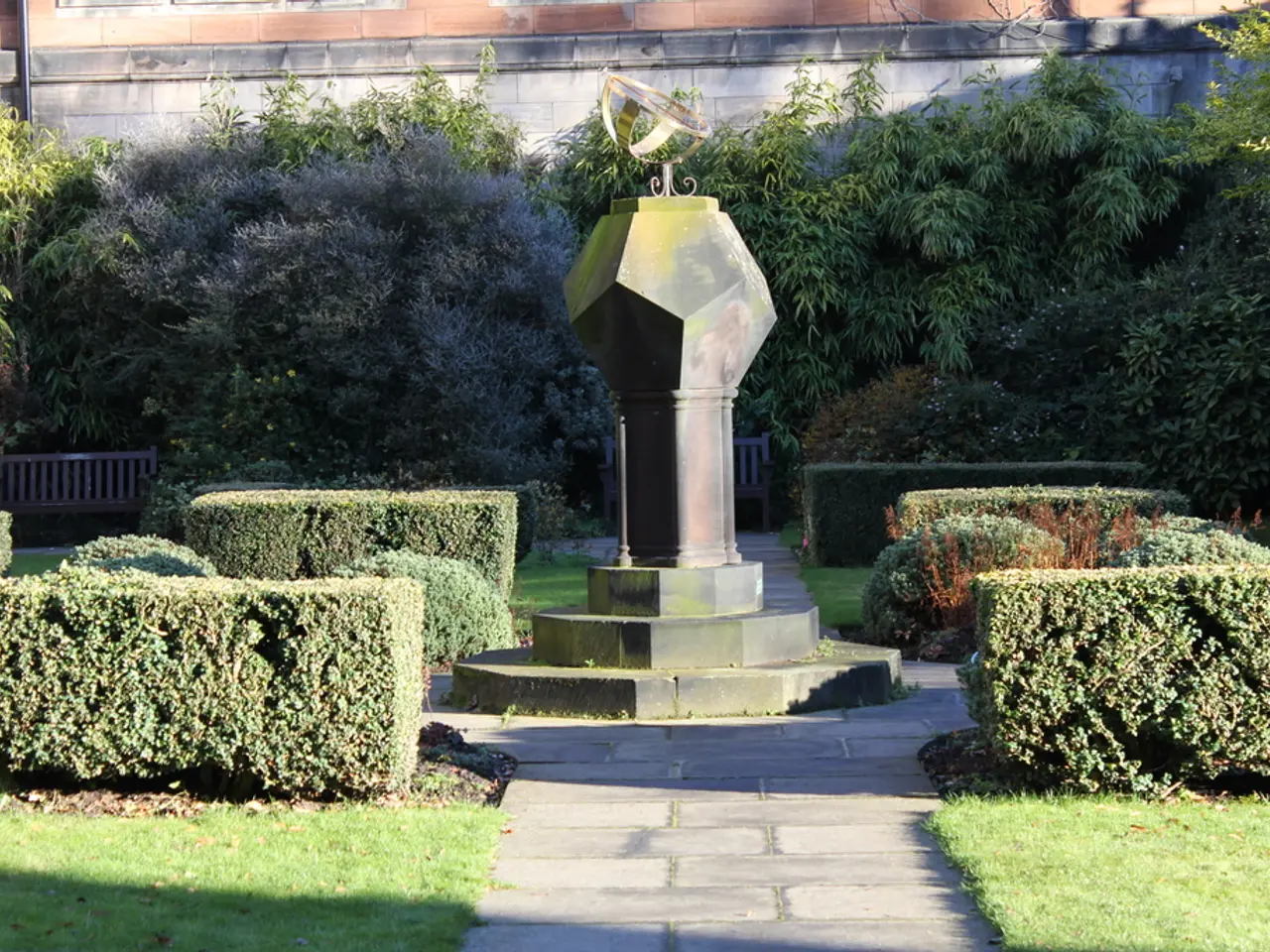Promoting Italian Operas for the Yiddish-Speaking Community, Segment 5: What's the Point in Spreading Italian Operas using Yiddish?
In the vibrant cultural tapestry of early 20th-century America, the relationship between highbrow and popular art forms is illuminated by the case of opera aimed at Yiddish-speaking audiences. This intriguing exploration reveals a complex and symbiotic dance between the two spheres, as opera found a unique place in the hearts of a significant Yiddish-speaking community.
Opera, as a Western art form, was influential in the broader cultural landscape, but its direct impact on the Yiddish-speaking community may have been more indirect. This is largely due to the dominance of Yiddish theater, a theatrical expression that thrived, particularly in New York City, with its own unique blend of music, drama, and comedy[1].
Despite this, several factors contributed to the popularity of opera-related forms among Yiddish speakers. Cultural affinity played a significant role, as Yiddish theater was performed in the native language of the audience and often dealt with themes and stories relevant to their lives and experiences[2]. Accessibility and community were also crucial factors, as Yiddish theater was affordable and offered a sense of belonging to Jewish immigrants[3].
Jewish musical traditions, including cantorial music, were also influential in the community. While not directly related to opera, these musical forms were integral to Jewish cultural expression and might have contributed to the broader musical appreciation within the community[4].
Opera was not confined to traditional stages. It was performed in unambiguously popular contexts, such as a picnic and concert in a public park in June 1902. Tenor Julian Wilensky, who had sung opera in Yiddish translation, joined the Theodore Drury English Grand Opera Company for a few performances[5]. Joseph Winogradoff, a musician who followed an operatic career with concerts all across America during the 1920s, mixed operatic excerpts with other genres in his performances[6].
The emerging media of recording and radio further integrated opera into the cultural experience of Yiddish-speaking immigrants. Yiddish books, magazine articles, and libretti reveal the extent of Yiddish speakers' exposure to opera[7].
The belief in high culture's power to uplift audiences mirrored the ideals motivating the turn-of-the-century reform movement in the Yiddish theater. This value of oyfklerung (enlightenment) was deeply embedded in Yiddish-speaking circles, and opera was seen as a means to confer edification, refinement, and sophistication to both Jews and non-Jews in the Progressive Era[8].
This exploration of opera focused on a single ethnic group in a circumscribed time period but can shed light on the diverse ways in which immigrant communities deploy culture to negotiate the tension between assimilation and preserving a unique cultural heritage[9]. Organizations like the Educational Alliance and the Board of Education offered free lectures and programs to uplift Jewish immigrants through high culture[10].
In conclusion, while traditional opera might not have been the primary focus of the Yiddish-speaking community, cultural institutions like Yiddish theater and musical traditions played significant roles in their engagement with music and theater. The popularity of Yiddish theater among this demographic was largely due to its linguistic and cultural relevance.
[1] "The Yiddish Theatre and the American Stage," by Barbara Kirshenblatt-Gimblett [2] "The Yiddish Press and the Americanization of Jewish Immigrants," by Marvin Lowenthal [3] "The Yiddish Theatre in America," by Hillel Halkin [4] "The Cantor and the Composer: A History of the Cantorate in America," by Samuel H. Dresner [5] "Theodore Drury English Grand Opera Company," by Charles Osborne [6] "Joseph Winogradoff: A Biography," by Herman Bernstein [7] "Yiddish Books, Yiddish Culture: A Brief Intellectual History," by Katrina vanden Heuvel and Joshua Furman [8] "The Jewish Century: A History of the Jews, 1800-2000," by Paul Mendes-Flohr and Jehuda Reinharz [9] "The Immigrant Experience in America: A Social History, 1880-1924," by John Higham [10] "The Educational Alliance: A History," by Samuel S. Cohon
- Amidst the vibrant cultural landscape of early 20th-century America, the popularity of fashion-and-beauty, food-and-drink, education-and-self-development, general-news, and sports might have been influenced by the unique blend of cultural affinity, accessibility, and community found in Yiddish theater.
- As opera found its way into unconventional settings like picnics and parks, it also expanded into realms of music and theater that were more commonly associated with popular culture, such as sports.
- While opera was not the primary focus of the Yiddish-speaking community, the appreciation for diverse art forms extended to education-and-self-development, as organizations like the Educational Alliance offered free lectures and programs to uplift Jewish immigrants through high culture.




